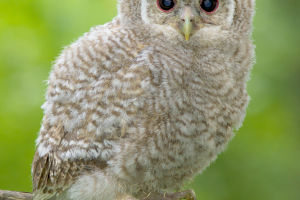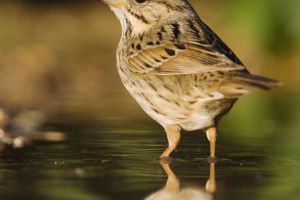When most people think of spiders, they imagine predatory creatures that feast on insects.
However, there's a fascinating exception: Bagheera kiplingi, a jumping spider from Central America.
Unlike its carnivorous cousins, B. kiplingi has developed an unusual plant-based diet, primarily consuming Beltian bodies, which are small protein and fat-rich packages produced by acacia plants. These tiny food sources account for about 90% of the spider’s nutritional intake.
Jumping spiders, known for their agility and excellent vision, typically hunt insects by pouncing on their prey. B. kiplingi, however, employs its hunting skills in a new way. Instead of capturing living prey, it targets Beltian bodies, which are intended to nourish the ants that live in symbiosis with the acacia trees.
These ants protect the plant in exchange for the food sources it provides, including the Beltian bodies. However, the spider manages to avoid detection by the ants and steals their food, using its speed and stealth to stay undetected.
The acacia plants, also called ant plants, have a unique mutualistic relationship with the ants. They produce swollen, hollow thorns that serve as homes for the ants, while also providing food through the Beltian bodies and extra-floral nectaries located on the plant.
The ants, in return, act as fierce defenders, attacking anything that threatens their home, from humans to hungry insects. It’s this system that the vegetarian jumping spider exploits by cleverly sidestepping the ants to reach its meal.
What makes B. kiplingi even more intriguing is its social behavior. While most spiders are solitary, B. kiplingi can be found in high population densities, with multiple individuals living side by side on the acacia plants.
This is likely due to the abundance of food, eliminating the need for competition. In fact, the spider exhibits a quasi-social lifestyle, with females often guarding their eggs and young spiderlings in shared breeding nests.
The evolution of this plant-based diet in B. kiplingi is likely a result of its ancestors consuming more sedentary stages of insect life, such as larvae or eggs. Over time, this may have led to a shift toward feeding on the protein-rich components of plants. However, how the spider handles the fiber from its diet remains a mystery that researchers have yet to unravel.
This unique behavior demonstrates just how adaptable nature can be, with B. kiplingi showing that even in a world dominated by carnivores, there’s room for a vegetarian spider that’s perfectly adapted to its environment!


